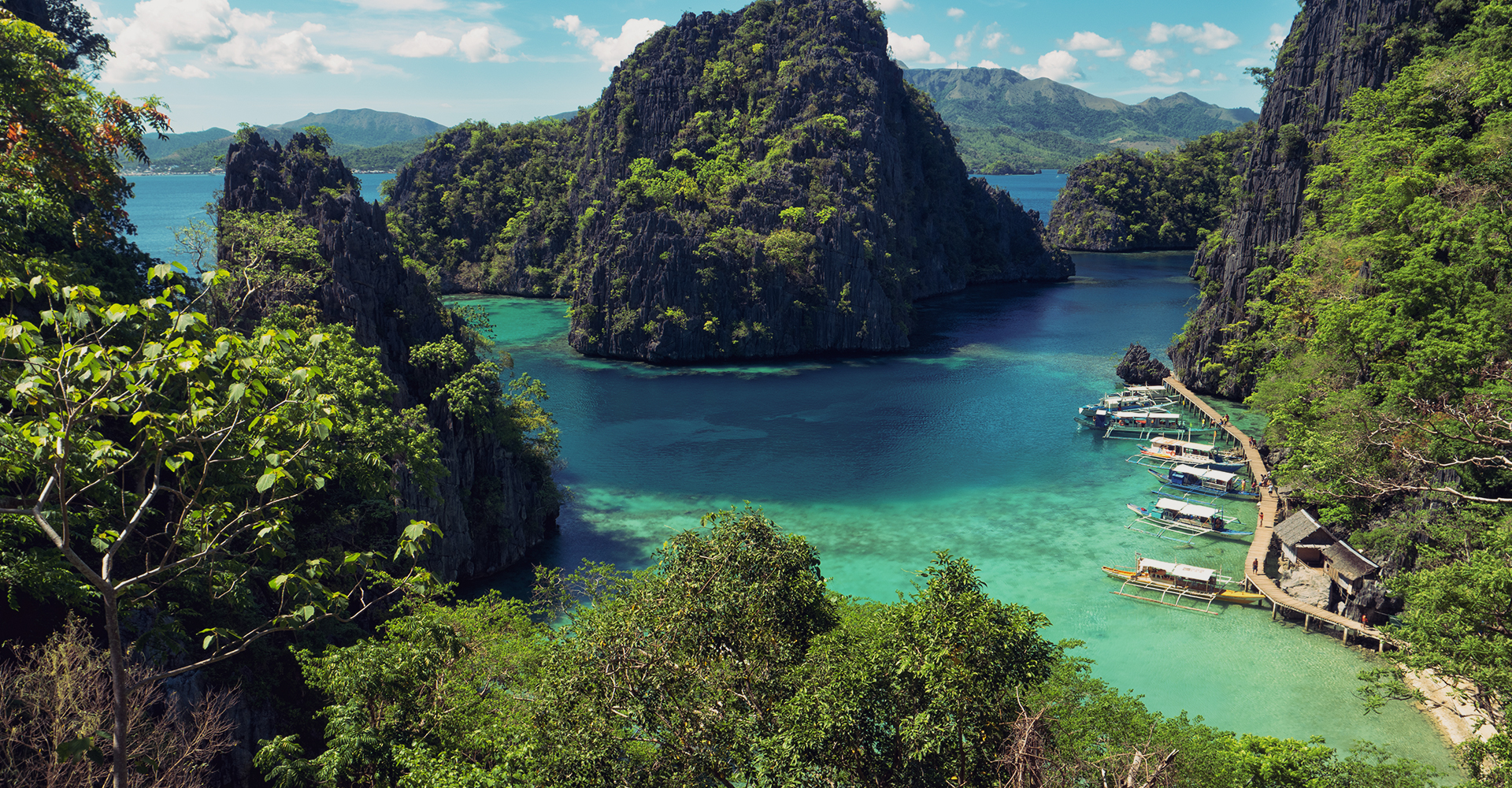ROTTERDAM
Rotterdam is the second-largest city and a municipality of the Netherlands. It is located in the province of South Holland, at the mouth of the Nieuwe Maas channel leading into the Rhine–Meuse–Scheldt delta at the North Sea. Its history goes back to 1270, when a dam was constructed in the Rotte, after which people settled around it for safety. In 1340, Rotterdam was granted city rights by the Count of Holland.
Rotterdam’ is divided into a northern and a southern part by the river Nieuwe Maas, connected by (from west to east): the Beneluxtunnel; the Maastunnel; the Erasmusbrug (‘Erasmus Bridge’); a subway tunnel; the Willemsspoortunnel (‘Willems railway tunnel’); the Willemsbrug (‘Willems Bridge’); the Koninginnebrug (‘Queen’s Bridge’); and the Van Brienenoordbrug (‘Van Brienenoord Bridge’). The former railway lift bridgeDe Hef (‘the Lift’) is preserved as a monument in lifted position between the Noordereiland (‘North Island’) and the south of Rotterdam.
The city centre is located on the northern bank of the Nieuwe Maas, although recent urban development has extended the centre to parts of southern Rotterdam known as De Kop van Zuid (‘the Head of South’, i.e. the northern part of southern Rotterdam). From its inland core, Rotterdam reaches the North Sea by a swathe of predominantly harbour area.
Climate
Rotterdam experiences a temperate oceanic climate (Köppen climate classificationCfb) similar to all of the coastal areas in Netherlands. Located near to the coast, its climate is slightly milder than locations further inland. Winters are cool with frequent cold days, while the summers are mild to warm, with occasional hot temperatures. Temperatures above 30 °C are not rare during summer, as well as temperatures under -5 °C during winter. The following climate box is from the airport, which is slightly cooler than the city, being surrounded by water canals which make the climate milder and with a higher Relative Humidity. The city experiences the Urban heat islandeffect, especially inside the city centre.
Port
Rotterdam is the largest port in Europe, with the rivers Meuse and Rhine providing excellent access to the hinterland upstream reaching to Basel, Switzerland and into France. In 2004 Shanghai took over as the world’s busiest port. In 2006, Rotterdam was the world’s seventh largest container port in terms of twenty-foot equivalent units (TEU) handled.
The port’s main activities are petrochemical industries and general cargo handling and transshipment. The harbour functions as an important transit point for bulk materials between the European continent and overseas. From Rotterdam goods are transported by ship, river barge, train or road. In 2007, the Betuweroute, a new fast freight railway from Rotterdam to Germany, was completed
Museum
Rotterdam has many museums. Well known museums are the Museum Boijmans Van Beuningen, the Netherlands Architecture Institute, the Wereldmuseum, the Kunsthal, Witte de With Center for Contemporary Art and the Maritime Museum Rotterdam. The Historical Museum Rotterdam has changed into Museum Rotterdam which aims to exhibit Rotterdam as a contemporary transnational city, and not a past city.
Other museums include the tax museum and the natural history museum. At the historical shipyard and museum Scheepswerf ‘De Delft’, the reconstruction of ship of the line Delft can be visited.






